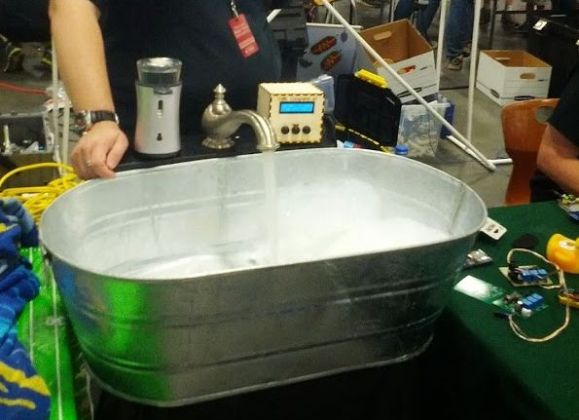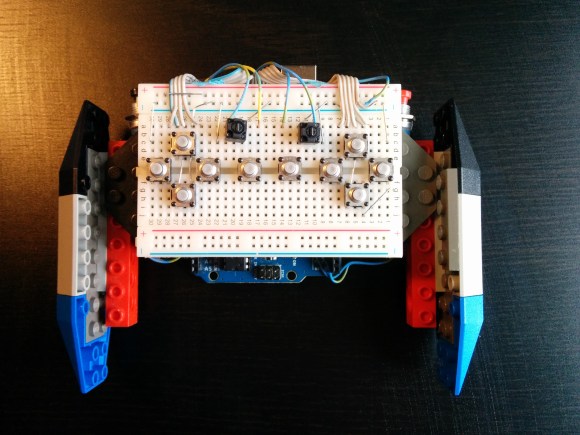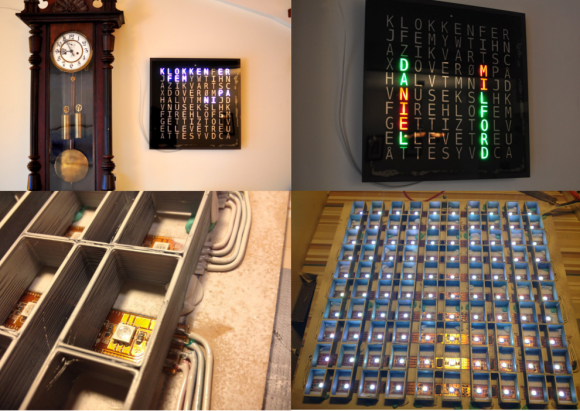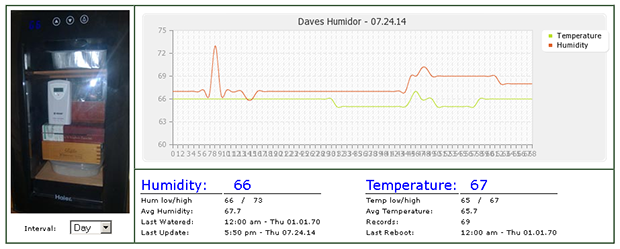
We live in the future don’t we? Is there a reason why only rich people have touchscreen controlled showers and temperature regulated bathtubs? [Raptor_Demon] shows us how to make our very own automated bathtub for cheap, using our favorite microprocessor — the Arduino.
The system controls the filling of the tub, monitors the temperature based on a user profile — and it even adds bubbles. Why do you need this? You probably don’t — but why not, wouldn’t it be nice to press a button and have a bath drawn for you? It uses an Arduino compatible board that controls 3 relays for the water system, a DS18b20 temperature sensor on the inlet and a second wireless (434mhz) Arduino compatible board for monitoring the tub temperature and adding bubble bath using a hacked automated soap dispenser.
[Raptor_Demon] showcased his prototype at the Maker Faire NC 2013 and 2014 where it was a huge hit. He even had a full size tub going, in which he would sit in during his explanation — check it out!
Continue reading “Automated Bathtub Prepares Your Bath Just The Way You Like It”
















